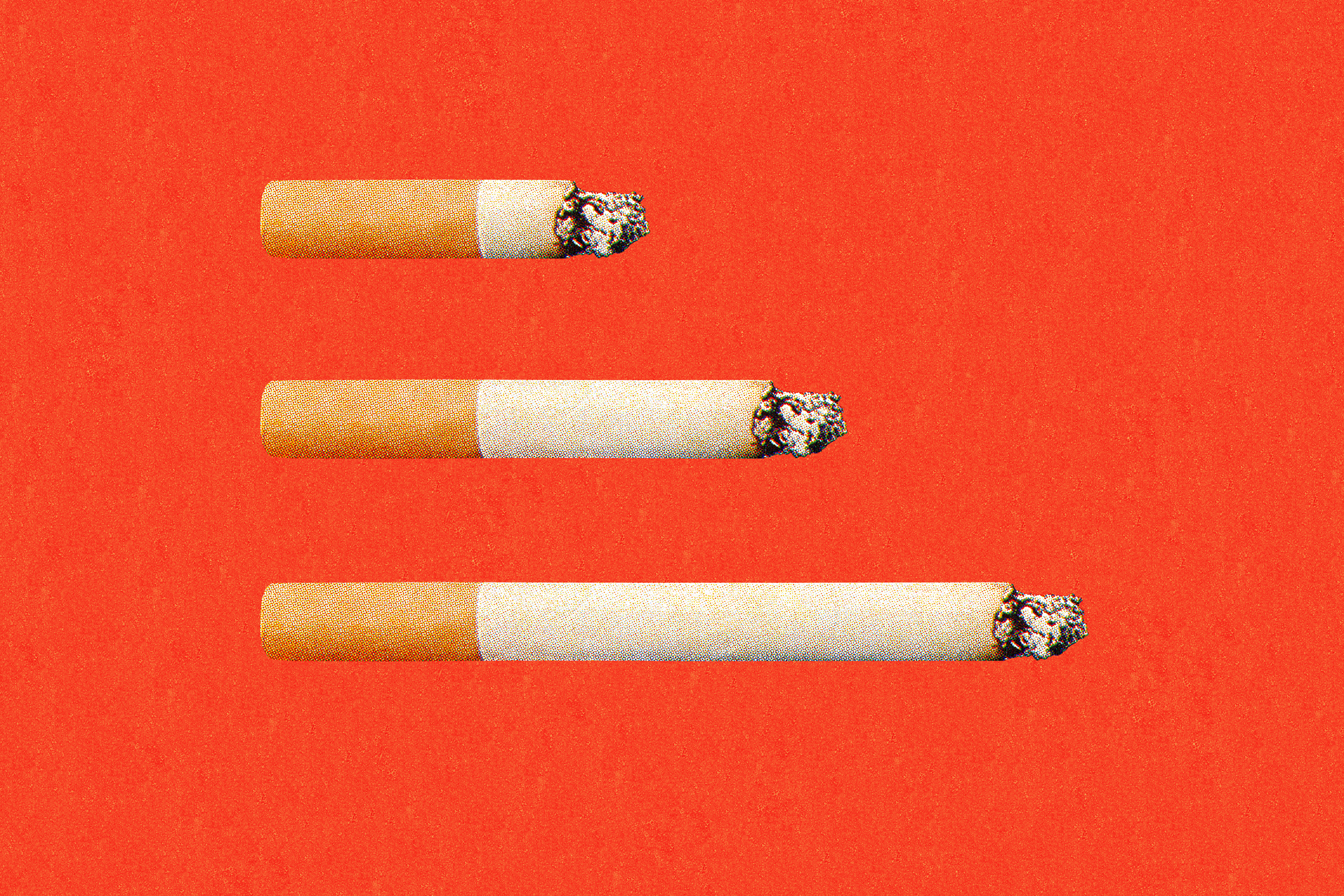Things about The Stages of Quitting Smoking Tobacco - Swedish Medical
The Single Strategy To Use For How to Quit Smoking - HelpGuide.org
Loss of some lung function might not have symptoms. By tabex appear, an individual may have lost half of his or her lung function. How Quit Plans Can Help The most efficient quit strategy is individualized, involving education, therapy and typically, medications. consists of info about the dependency of smoking and health conditions that are intensified by smoking cigarettes.
often required to attend to the behavioral elements of cigarette smoking and determine and conquer potential roadblocks to successful stopping. many people who are addicted to cigarettes require medication to give up smoking. Medical management involves examining lung function, treating lung damage from smoking and providing nicotine replacement/addiction treatments. Vaping and E-Cigarettes When thinking about giving up cigarette smoking, some will search for replacement items such as e-cigarettes or vaping gadgets.
Currently, there are no research studies that reveal these gadgets are safe options to standard smoking. Further studies have actually shown that the quantity of nicotine in these devices differs greatly, which can often result in a higher level of nicotine than is expected and might be higher than traditional cigarettes.

Top Guidelines Of How to give up smoking: 11 tips - Medical News Today
If you are prepared to quit cigarette smoking, it is suggested you meet your physician to discuss the very best given up plan for you, which might consist of medications, nicotine replacement items and/or non-medication techniques. Immediate Benefits of Stopping Cigarette smoking Did you know that health and other benefits begin right after you stop smoking cigarettes? Here are just a couple of "after you give up" health milestones: At 20 minutes: Heart rate and high blood pressure drops.

At two weeks to three months: Circulation improves; lung function boosts. At one to 9 months: Coughing and shortness of breath decline due to much better lung function. Threat of lung-related infection is reduced. Over the first year of giving up, energy level increases, breathing becomes easier and taste and odor return.

At two to five years: Stroke risk can fall to that of a nonsmoker. At five years: Oral, throat, esophageal and bladder cancer threats are cut in half compared to active smokers. Cervical cancer threat is up to that of a nonsmoker. At 10 years: Risk of passing away from lung cancer is half that of an active cigarette smoker.
UNDER MAINTENANCE